Thanks to digital convenience, lower fees, and enhanced customer experience, Neobanks are proliferating.
According to Grand View Research, the global neobanking market is predicted to grow at a compound annual growth rate (CAGR) of 54.8% from 2023 to 2030.
So, if you are considering starting a neobank or are already running one, there is a good time ahead. However, the exponential growth of neobanks has also presented many cybersecurity challenges as hackers are increasingly targeting neobanks.
In this article, we will explore the importance of cybersecurity in neobanks, cybersecurity challenges neobanks are facing today, and best practices to improve your neobank’s security. Let’s dive in.
What Is a Neobank?


A neobank is a type of digital-only bank without traditional physical branches. They operate exclusively online, offering services like checking and savings accounts, payment and money transfers, and lending through mobile apps. Examples include Chime, Monzo, and Revolut.
Neobanks are famous for their user-friendly interfaces, low fees, and 24/7 access to banking services. Unlike traditional banks, neobanks offer an easy sign-up process without minimum balance requirements.
Also, most neobanks don’t charge monthly maintenance fees. Users can easily integrate neobanks with other financial services, such as investment platforms, insurance, and loan services. These features make neobanks attractive to tech-savvy consumers.
There are two types of neobanks: full-stack neobanks and front-end-focused neobanks. A full-stack neobank has its own banking license. So it can operate independently.
On the other hand, a front-end-focused neobank doesn’t have a banking license to offer banking services. So, it must partner with a legacy bank or traditional bank to offer banking services.
Importance of Cybersecurity in Neobanks
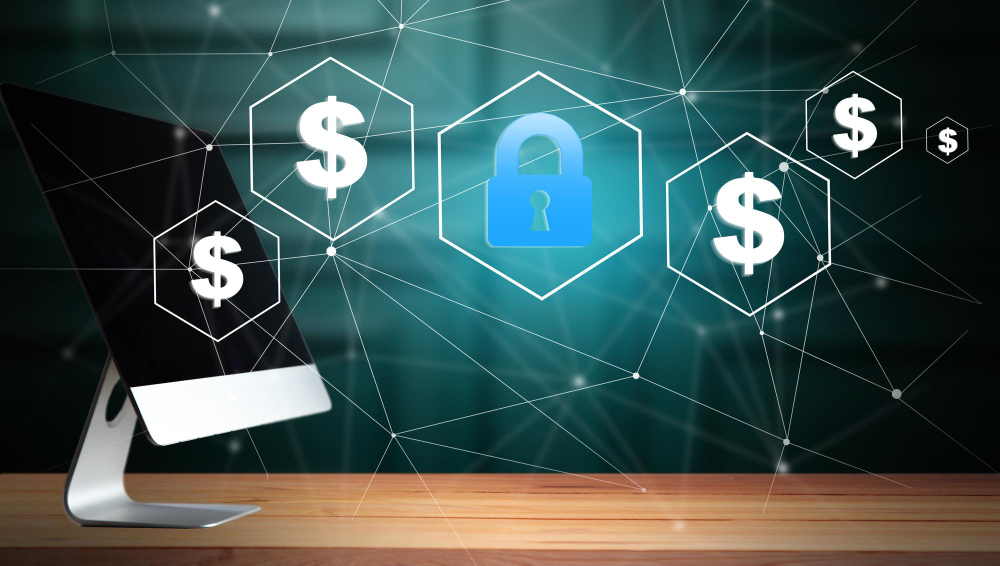

Cybersecurity is crucial in neobanks as they’re online banks. This makes them potential targets for cyberattacks like data breaches and financial fraud.
Here are reasons why you cannot ignore your neobank’s security.
#1. Protecting Customer Data
When you’re running a neobank, you store a vast amount of customer data, including bank account details, users’ personally identifiable information, card details, etc.
If threat actors get hold of customers’ sensitive data, they can commit identity theft, financial fraud, and other types of cybercrimes. Even a minor data breach incident can cause significant reputational and monetary damages.
So, it is imperative that you enhance your neobank’s security to safeguard customers’ data.
#2. Regulatory Compliance
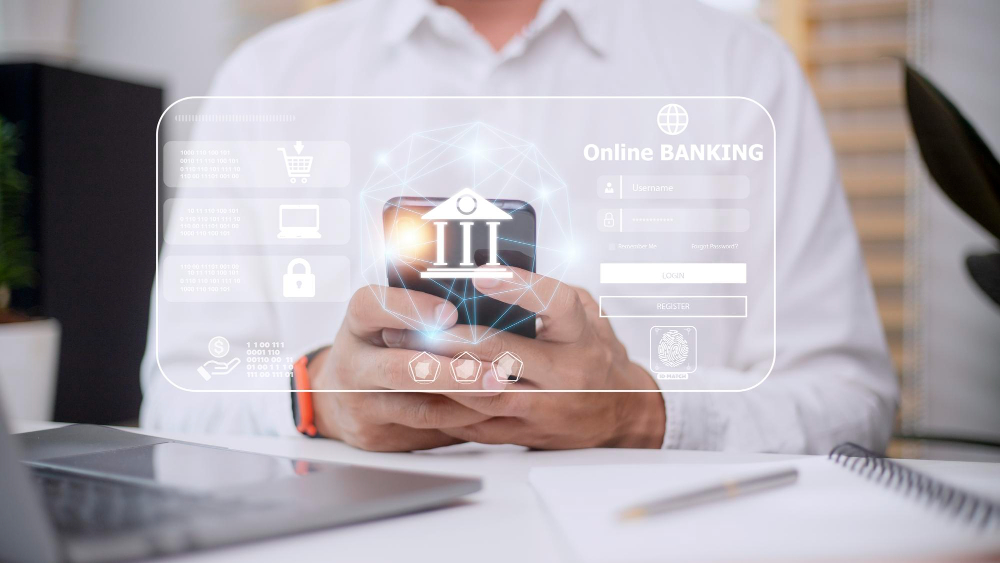

The financial industry works under various data protection, privacy, and security regulations. Some key regulations include the General Data Protection Regulation (GDPR), Payment Card Industry Data Security Standard (PCI DSS), Gramm-Leach-Bliley Act (GLBA), Bank Secrecy Act (BSA), and others.
These regulations are designed to safeguard sensitive customer information, ensure the integrity of financial transactions, and protect against fraud and cyber threats. Having a financial technology company to run a neobank, you are liable to comply with all the applicable regulations to operate legally and ethically in the highly regulated financial sector.
To do so, you have to amp up cybersecurity in your neobank, which can include implementing data security solutions, enforcing an information security management system, adopting one of the best cloud data protection platforms, and more.
#3. Preventing Financial Loss
The objective of most types of fraud is to steal money. So, it is no surprise that financial institutions are a prime target for various types of fraud.
According to Alloy’s State of Fraud Benchmark Report, 70% of financial institutions have lost around $500K in 2022 due to fraud.
Neobanks enable users to operate their bank accounts through mobile and online banking. Consequently, they are more susceptible to online fraud than traditional financial institutions.
Implementing cybersecurity measures, such as data encryption, multi-factor authentication, and fraud detection tools, can mitigate fraud incidents and prevent financial loss.
#4. Enabling Innovation Safely
Robust security infrastructure provides a solid foundation for experimenting with cutting-edge technologies.
Whether adopting AI, machine learning, blockchain, or any other innovative tech to delight users, knowing that underlying data is secured allows you to be more creative. This is why enhancing your neobank’s security is crucial to implementing innovative solutions.
Also, boosting cybersecurity in your neobank can protect proprietary technologies that give your neobank a competitive edge.
#5. Global Reach and Scalability


If you plan to scale up your neobank and reach the global market, focusing on your neobank’s security is crucial.
Here is why:
Tough cybersecurity measures in place make it easier for your online bank to comply with varied international data and financial regulations.
As you reach a global audience, the volume of transactions multiplies quickly. As a result, you will have to adopt new technologies to accommodate a growing number of users and build cyber resilience. Powerful security solutions allow you to scale up easily without worrying about data security.
When you operate globally, your neobank will be exposed to diverse security threats. Consequently, you will be required to strengthen your neobank’s security to mitigate varied threats.
Your neobank is not a bank operating for 100 years. So, you have to earn users’ trust to be successful in newer markets. A minor security incident can break users’ trust, severely denting your neobank’s reputation. So, you must strengthen your neobank’s security.
Cybersecurity Challenges for Neobanks


As neobanks are digital-only solutions that provide banking services, they face multiple cybersecurity challenges.
We have listed common cybersecurity challenges you need to overcome to keep your neobank safe from threat actors.
Malware
Malware is an umbrella term for various malicious software designed to harm a computer and network. Common malware types include but are not limited to various ransomware, viruses, worms, spyware, keyloggers, and trojans.
Malware attacks on neobanks are a severe issue. A successful malware attack can compromise customer data, financial security, and the bank’s reputation.
Threat actors can steal sensitive information like account details and passwords through malware attacks. This could lead to unauthorized transactions and identity theft.
According to Sophos’ The State of Ransomware in Financial Services report, ransomware attacks on financial institutions increased from 55% in 2022 to 64% in 2023. So, it becomes crucial to protect your neobank from malware attacks.
Spoofing and Phishing


In a spoofing attack, the attacker may disguise themselves as your neobank to trick users into sharing login credentials to their bank accounts. For example, they may email your users a spoofed-up URL of your bank. When users submit login credentials using the spoofed URL, the hackers will get hold of their login credentials.
Phishing attacks often involve sending fake emails or messages. These appear from your neobank, asking customers to provide sensitive data. This can lead to stolen identities or unauthorized access to accounts.
Educating your users occasionally is the best strategy to fight against spoofing and phishing attacks.
Data Breaches


According to Statista, more than 6 million data records were exposed globally due to data breach incidents during Q1 2023.
At a time when the average cost of a data breach in the United States touched 9.48 million U.S. dollars, even a small incident can be detrimental to any company. Neobanks, by virtue of storing large volumes of financial data, are hackers’ favorite targets.
But not all neobanks have enough cybersecurity budgets. A lack of budget can stop you from implementing the security tools needed to mitigate modern-day threats.
Supply Chain Attacks
Neobanks often rely on third-party services for various operations such as customer support, cloud storage, etc. As a result, they are vulnerable to supply chain attacks.
To mitigate this risk, you must carefully assess and manage your third-party relationships. This includes:
- Conducting regular security audits
- Ensuring contractual agreements include strict security requirements
- Having contingency plans in case of a third-party compromise.
Limited Cybersecurity Budget
Most neobanks tend to be start-ups with a limited cyber security budget. This poses severe risks. With a limited cybersecurity budget, you will likely struggle to buy advanced tools, making your neobank’s systems more vulnerable to attacks.
Budget constraints could lead to low cybersecurity staff. As a result, you will have weaker monitoring and slower responses to breaches.
Also, essential employee training on cyber threats might be reduced due to budget constraints. In a breach, a tight budget can delay recovery. This can affect your neobank’s operation and customer trust.
Compliance
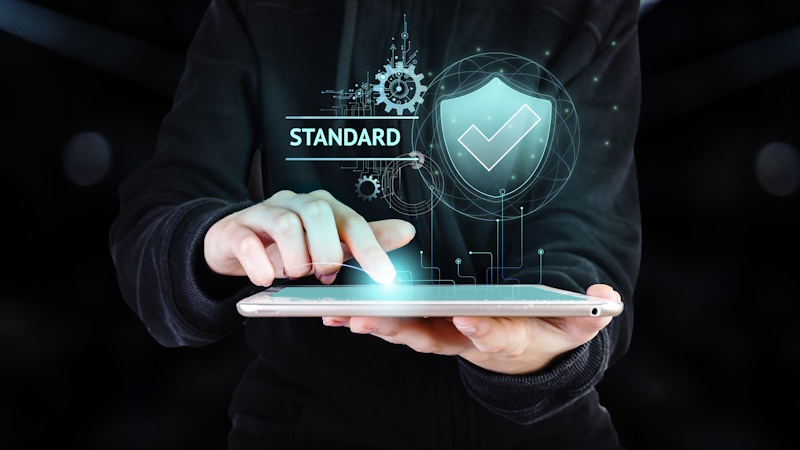

Neobanks are online-only banks. So, they often operate across different regions of the world. Needless to say, each region has its own set of regulations. As a result, it is a resource-intensive task to keep up with diverse and frequently changing rules and integrate these regulatory requirements into tech-driven neobanks. These compliances can put a strain on the neobanks’ cybersecurity budget.
Failing to meet any regulatory requirement can result in fines, which can further reduce their cybersecurity budget.
Best Practices for Neobanks’ Security
You can implement the following security best practices to protect your financial institution from common cyber threats.
#1. Implement Multi-Factor Authentication (MFA)


Enforcing multi-factor authentication can enhance your neobank’s security by adding multiple layers of defense.
In a traditional single-factor authentication, users have to enter only one credential, like a passkey, to verify their identity. If threat actors happen to know any user’s username and password, they can access their account.
When you enforce multi-factor authentication, your users will be required to enter more than one factor to identify themselves. For example, they may have to password and code sent on your mobile phone to verify.
For added security, you can explore these password-less authentical solutions.
#2. Purchase Risk and Fraud Management Systems
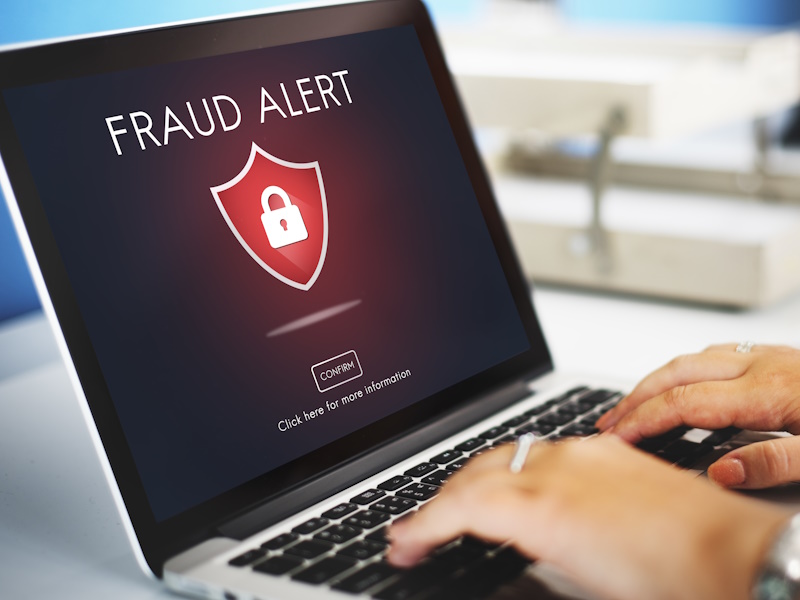

Investing in risk and fraud detection is vital for neobanks. It safeguards against financial loss and data breaches, enhancing customer trust. These tools are crucial for regulatory compliance, helping neobanks meet industry standards.
Effective fraud detection tools also save costs by preventing fraudulent transactions. Moreover, a solid anti-fraud stance is critical to maintaining a neobank’s reputation and customer loyalty. Such investments are not just about security but also crucial for the neobank’s stability and growth.
#3. Monitor Who Accesses Data
Monitoring data access in a neobank helps protect it by identifying unauthorized or suspicious activity. You can quickly detect potential breaches or internal threats by tracking who accesses data and when.
This proactive approach allows for immediate response to any irregularities, minimizing the risk of data theft or leakage. It also helps in ensuring compliance with data protection regulations.
Continuous monitoring is essential for maintaining the integrity of customer data, reinforcing trust, and safeguarding the bank’s reputation in the highly competitive digital banking sector.
#4. Improve the KYC/KYB Process


Improving the Know Your Customer (KYC) and Know Your Business (KYB) processes is vital for your neobank’s protection. Doing so ensures accurate identification and verification of customers and businesses, which reduce the risk of fraudulent accounts.
Enhanced KYC/KYB processes can detect and prevent identity theft, money laundering, and financial fraud. By rigorously verifying customer identities and understanding their financial behaviors, neobanks can flag suspicious activities more effectively.
This safeguards the bank’s assets and complies with regulatory requirements, boosting customer trust. Strengthening these processes is critical to building a secure and reliable digital banking environment.
#5. Keep Tabs on Customers’ Activities
Monitoring customer activities is critical to maintaining a secure, trustworthy, and efficient digital banking environment.
By monitoring transactions and account behaviors, your neobank can quickly spot unusual patterns that may indicate fraud or identity theft. This proactive approach allows you to initiate immediate action to prevent financial losses, like freezing accounts or alerting customers to suspicious activities.
Regular monitoring also helps comply with anti-money laundering laws and detect potential security threats. What’s more, analyzing customer behavior can enhance service quality by identifying common issues or needs.
Neobanks and Cybersecurity Incidents
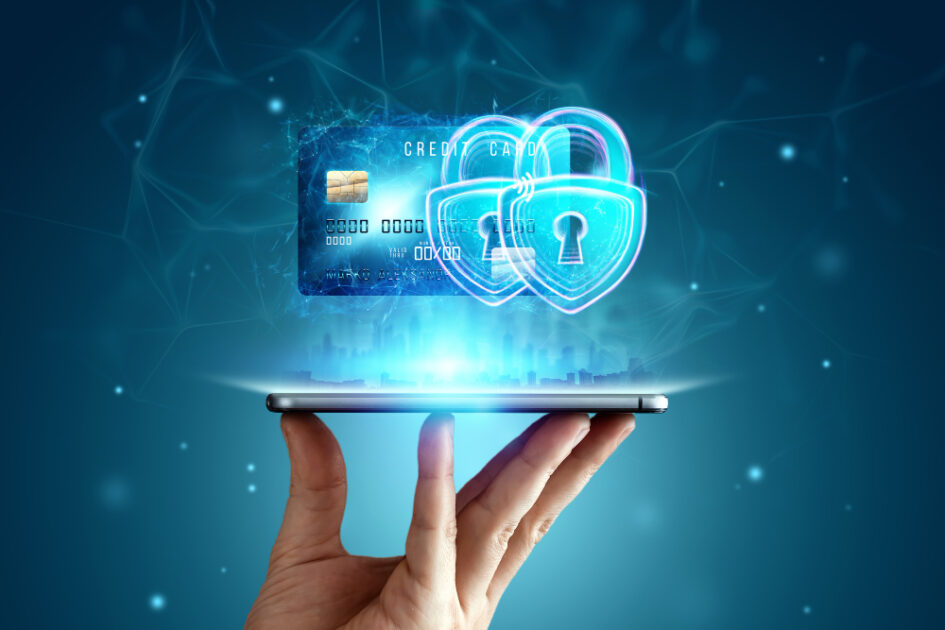

Threat actors exploited a flaw in Revolut payment system and stole $20 million, reported the Financial Times. The issue stemmed as a result of the difference between Revolut’s U.S. and E.U. systems. Consequently, some transactions were declined and erroneously refunded, causing the neobank to lose money.
Authorized push payment (APP) fraud happens when scammers trick users into authorizing payment on false pretenses. As real-time payment cannot be revoked, victims cannot reverse it once they realize they’re scammed. In the U.K., APP scams now amount to 40% of fraud losses.
In 2022, the most targeted bank for APP fraud was Monzo Bank—the U.K.’s digital-only bank. There were 141 reported cases of APP fraud for every 1 million transactions done at the bank in 2022.
Future Trends in Neobank Cybersecurity


In the future, neobanks will focus more on cybersecurity. They’ll use advanced technologies like blockchain, artificial intelligence (AI), and machine learning. Doing so will help them spot and stop cyber threats faster.
Biometric security, like fingerprint or face recognition, will be more common. This makes it harder for hackers to break in. Neobanks will also likely educate their customers about online safety. They’ll invest in stronger data encryption to protect customer information.
Wrapping Up
Neobanks offer convenience and charge low fees. But they face significant cybersecurity challenges. As they grow, protecting customer data, complying with regulations, and preventing financial loss becomes crucial.
Investing in advanced security measures like multi-factor authentication and fraud detection systems, monitoring data access, and improving the customer verification process are some effective ways to boost your neobank’s security.
Si quiere puede hacernos una donación por el trabajo que hacemos, lo apreciaremos mucho.
Direcciones de Billetera:
- BTC: 14xsuQRtT3Abek4zgDWZxJXs9VRdwxyPUS
- USDT: TQmV9FyrcpeaZMro3M1yeEHnNjv7xKZDNe
- BNB: 0x2fdb9034507b6d505d351a6f59d877040d0edb0f
- DOGE: D5SZesmFQGYVkE5trYYLF8hNPBgXgYcmrx
También puede seguirnos en nuestras Redes sociales para mantenerse al tanto de los últimos post de la web:
- Telegram
Disclaimer: En Cryptoshitcompra.com no nos hacemos responsables de ninguna inversión de ningún visitante, nosotros simplemente damos información sobre Tokens, juegos NFT y criptomonedas, no recomendamos inversiones



